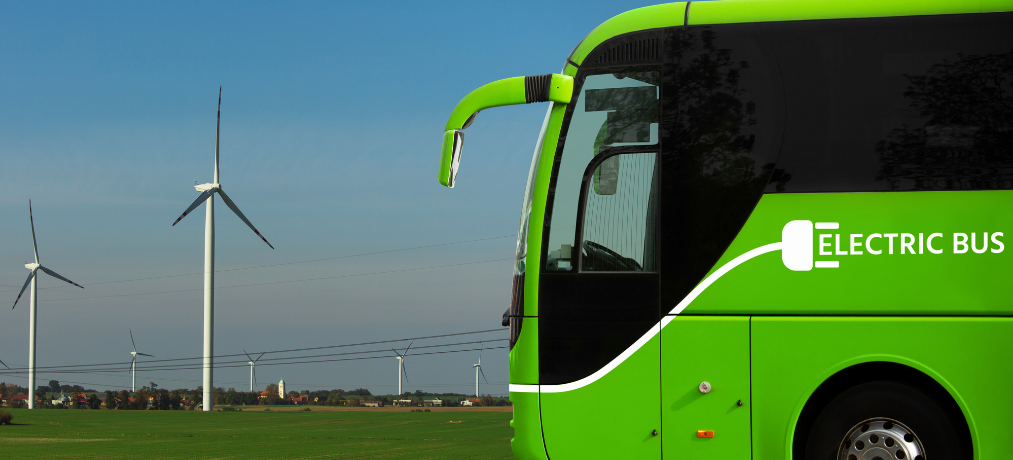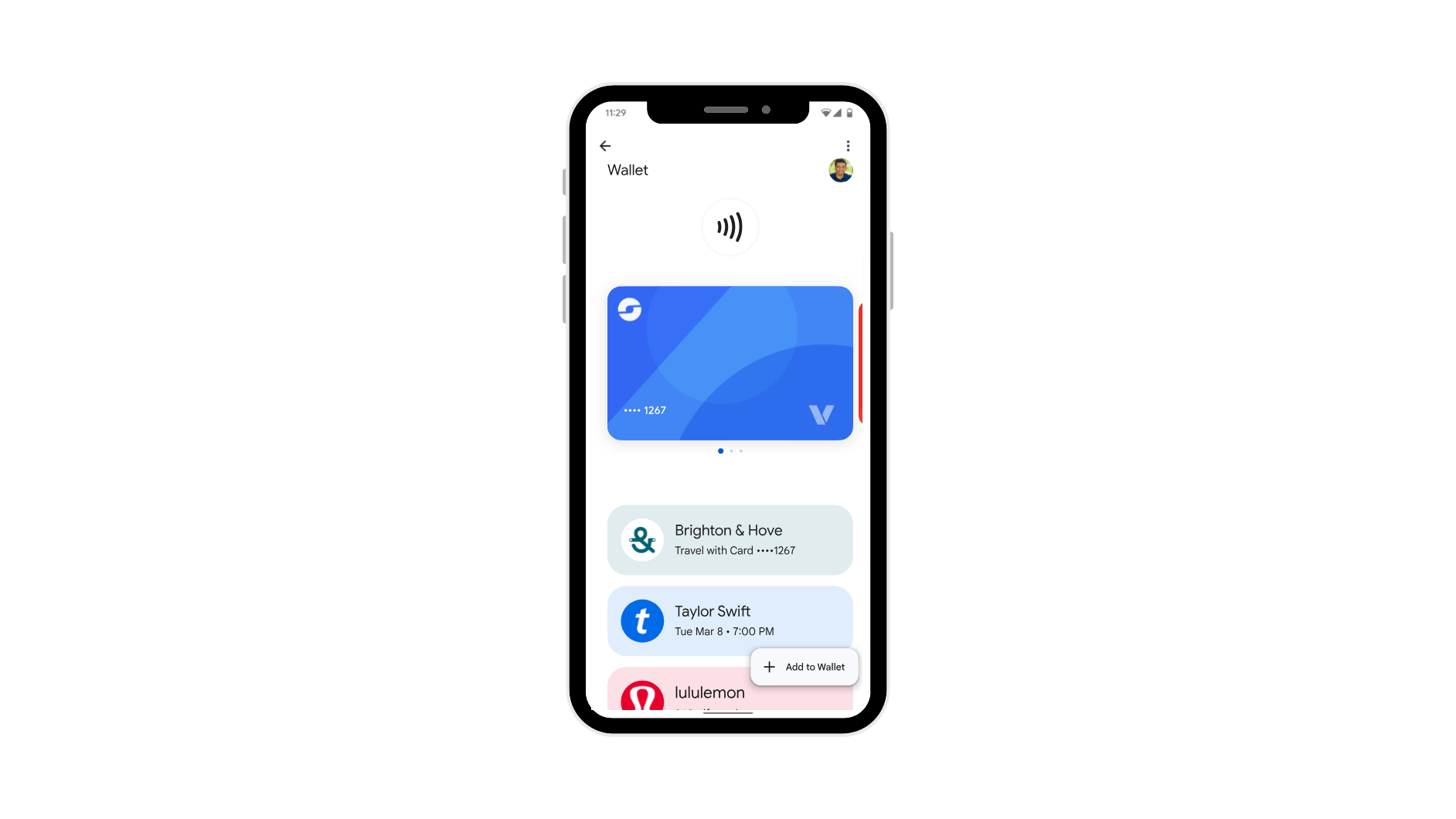Earth day is every day for public transport
by Andreea

Today is Earth Day, an opportune moment to reflect on the contribution of the public transport industry towards global environmental goals.
The simple maths of greener travel
Apart from walking, cycling and scooting, the most environmentally friendly mode of transportation is shared mobility. It’s simple maths: maximizing the occupancy of vehicles – whether that’s cars, buses or trains – reduces congestion and cuts the environmental impact of travel.
Both local air pollution and the long-term effect of transport emissions on climate change can be mitigated by travelling more sociably. The benefits are even greater when you travel in an electric vehicle, and many transit operators are beginning to accelerate towards zero-emission bus fleets.

Seeing the world differently
In the last year, the world saw what a difference it made when factories puffed out less smoke, airplane trails vanished from the skies and vast numbers of previously daily drivers mothballed their cars. According to the Global Carbon Project, carbon emissions declined by 2.4 billion tonnes; while IQAir’s 2020 World Air Quality Report said 84% of nations polled reported air quality improvements.
A study from the University of California, Berkeley, found that, in the six weeks after the San Francisco Bay Area instituted the United States’ first stay-at-home mandate, regional carbon dioxide emissions dropped by 25% – due largely to a nearly 50% drop in road traffic.
The positive environmental consequences of the coronavirus slowdown support the need to scale-up investment in the public transport sector and reduce car traffic on the roads more permanently. This will not only help to maintain lower levels of greenhouse gas emissions and pollution, but will also provide a springboard for the economic recovery of towns and cities.
Building on environmental momentum
As cities begin to plan for their post-Covid future, there’s an opportunity to build on the work the public transport industry already does to provide sustainable modes of travel. Greater investment in developing transit and mobility services that match the way people live and travel is the first step towards encouraging commuters and leisure travellers to ride, not drive.
Achieving this could have a powerful effect. A 2021 report by the National Academies of Science, Medicine and Engineering in the United States concluded that communities that invest in public transit reduce the nation’s carbon emissions by 63 million metric tons annually.
How to encourage public transport use
As the new bus strategy for England acknowledged when it was launched last month, attracting increased use of public transport involves a concerted effort to reassure passengers that vehicles are Covid-secure, safe and clean to use. In addition, there are barriers to break down – such as the complexity of fare structures – to win more frequent users.
The sustainability of public transport depends ultimately on levels of adoption, so customer-centric products and services are crucial to attract users – from real-time customer information to a modernized approach to ticketing and payments. When you give passengers what they want to make public transport relevant and valuable to them, ridership upticks.
Unlocking the potential of public transit and mobility
Payment infrastructure is an essential part of the passenger experience. A choice of payment options that allows passengers to pay how they want and travel where they want unlocks the true potential of public transit and mobility ecosystems. For public transit operators keen to attract and retain users in this new era of mobility, we suggest investing in three key elements:
- The acceptance of contactless payments
- Simple, best-value fares with daily price caps
- Integrated ticketing across operators and transport modes
Our omni-channel payments infrastructure for PAYG contactless EMV and pre-pay mobile ticketing can be used across transit modes and for mobility-adjacent services like bike and scooter hire and parking. With a unified payment system, passengers can get from A to B more seamlessly, using a blend of private and public transport and mobility services. Crucially, they can complete their journeys using only one ‘ticket’ – the contactless card, smartphone or wearable they carry everywhere.
No fuss transit ticketing – one more reason for commuters and leisure travellers to choose public transport over travelling solo in their car.
Trending Topics

Project Highlights: Washington DC’s record breaking upgrade to accept open loop payments

Nevada County Connects leverages Cal-ITP’s Mobility Marketplace to elevate the payment experience across its bus network

 Insight
Insight
 Knowledge
Knowledge
 News
News
